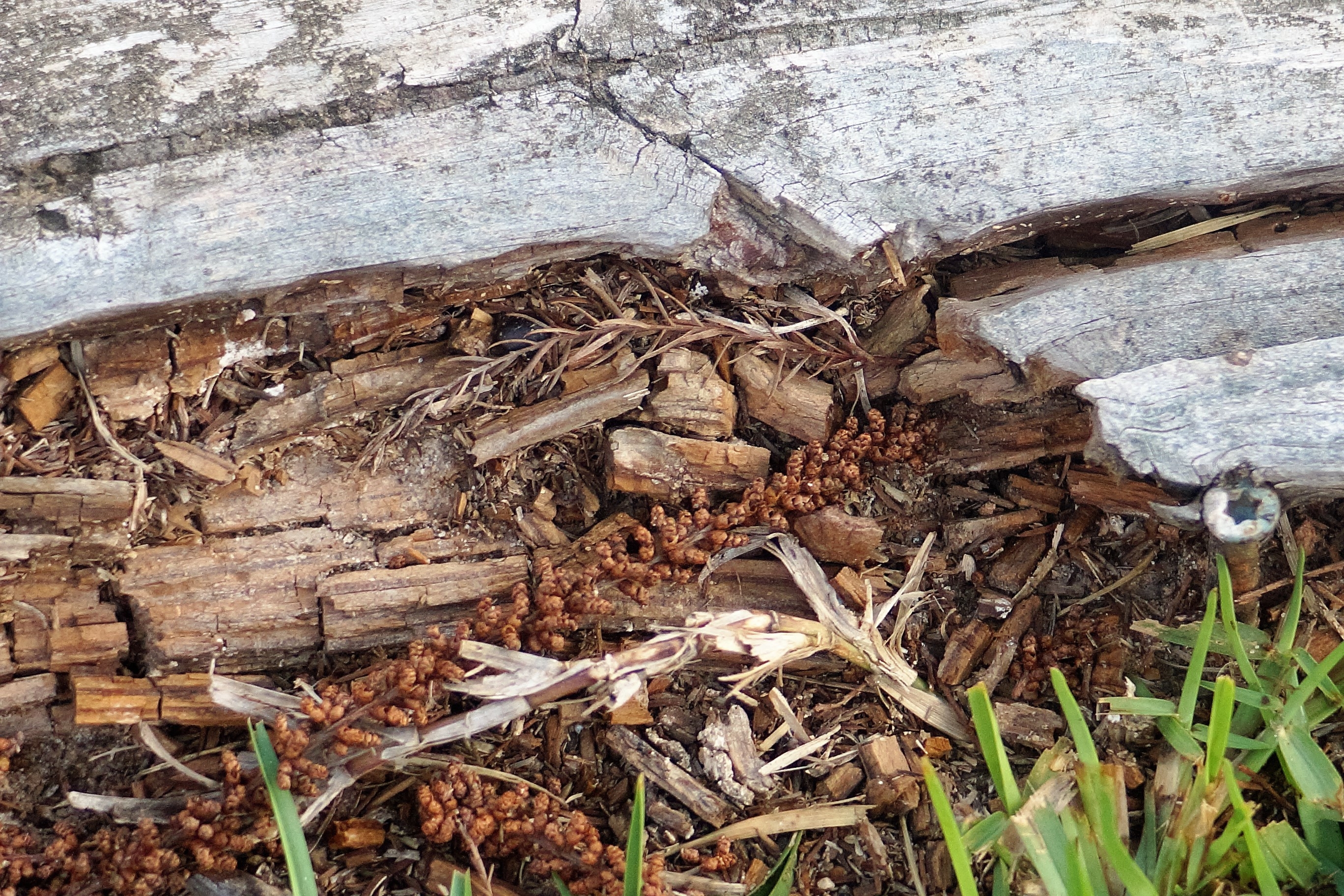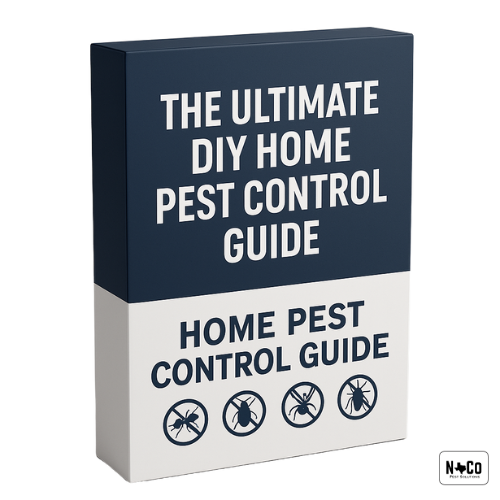Termite damage does not happen overnight, but it can progress surprisingly fast depending on several factors. The rate at which termites damage structures varies based on the termite species, colony size, environmental conditions, and the structure’s vulnerability.
Damage Rates by Termite Species
For most homeowners in Texas, subterranean termites pose the greatest threat. A mature subterranean termite colony with 60,000 workers can consume about 5 grams of wood per day. While this might sound minimal, it translates to approximately one foot of a 2×4 piece of lumber annually. When multiple colonies attack a property—which is common in termite-prone areas like Houston and Dallas/Fort Worth—the damage accelerates significantly.
Formosan termites, an aggressive subterranean termite species prevalent in Texas, can cause even more rapid destruction. A single Formosan colony can contain millions of termites and consume up to one pound of wood daily in ideal conditions. This means they can cause noticeable structural damage within just 3-6 months of infestation.
Drywood termites, though typically having smaller colonies of 1,000-2,500 members, can still cause substantial damage over time. They work more slowly than their subterranean counterparts but can remain undetected for longer periods since they don’t require contact with soil and often infest areas that aren’t regularly inspected.
Factors That Accelerate Termite Damage
Several factors influence how quickly termite damage progresses:
- Moisture levels: Termites work faster in humid environments, which is why homes in Houston’s high-humidity climate may experience accelerated damage.
- Temperature: Warmer conditions increase termite activity and feeding rates. In Texas, where temperatures stay relatively warm year-round, termites can remain active longer than in cooler regions.
- Wood type and condition: Termites prefer softer woods and those already compromised by water damage or decay. Pre-damaged wood can be consumed much more quickly.
- Access points: Multiple entry points into a structure allow for faster infiltration and more widespread damage.
- Detection timing: Perhaps most critically, how quickly you identify and address an infestation determines the extent of damage. Since termites often work unseen within walls, floors, and foundations, they can be present for months or even years before visible signs emerge.
Most experts estimate that a severe, untreated termite infestation can cause significant structural damage within 1-3 years. However, even within 6 months, termites can compromise support beams, floor joists, and other critical structural elements if conditions favor rapid colony growth.
It’s important to note that termite damage is rarely covered by standard homeowner’s insurance policies, making early detection and prevention crucial. Regular professional inspections—at least annually in high-risk areas like Texas—are the best defense against extensive termite damage.
If you notice any signs of termite activity, such as mud tubes, discarded wings, hollow-sounding wood, or frass (termite droppings), immediate action is necessary. The difference between identifying an infestation in its early stages versus discovering it after years of hidden activity can mean thousands of dollars in repair costs.
Remember that termites work continuously—24 hours a day, 365 days a year—making time a critical factor in preventing extensive structural damage to your home.



